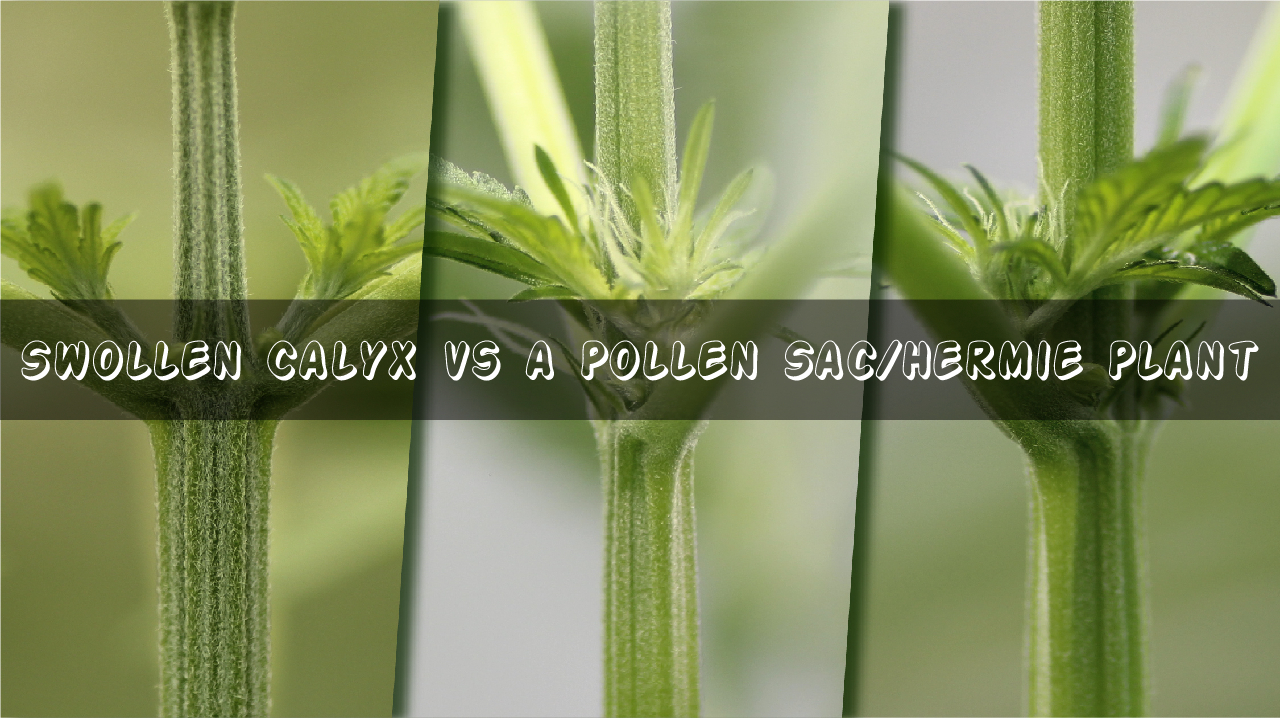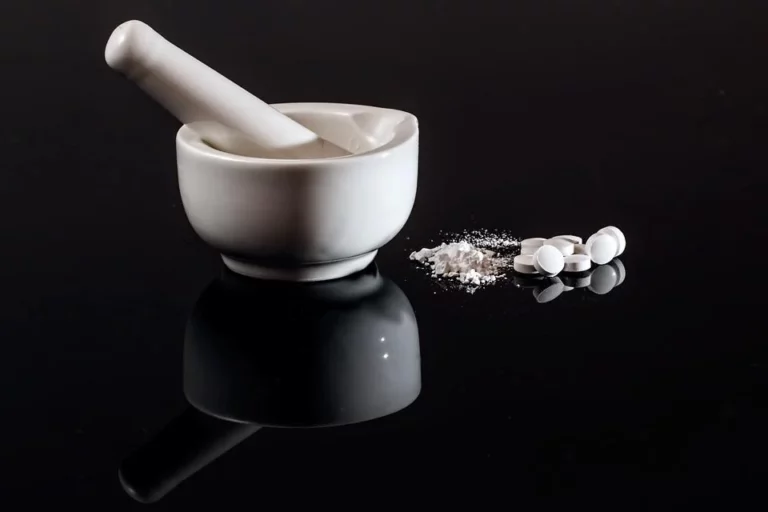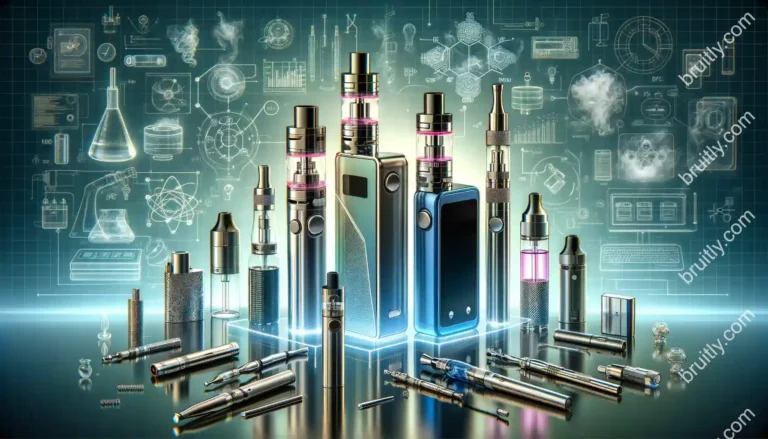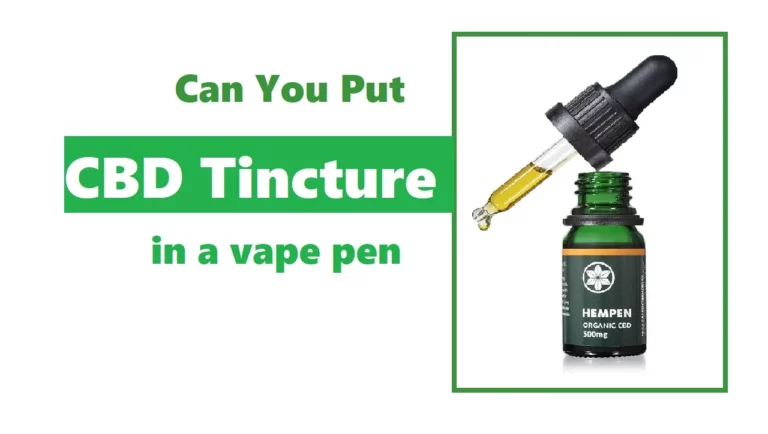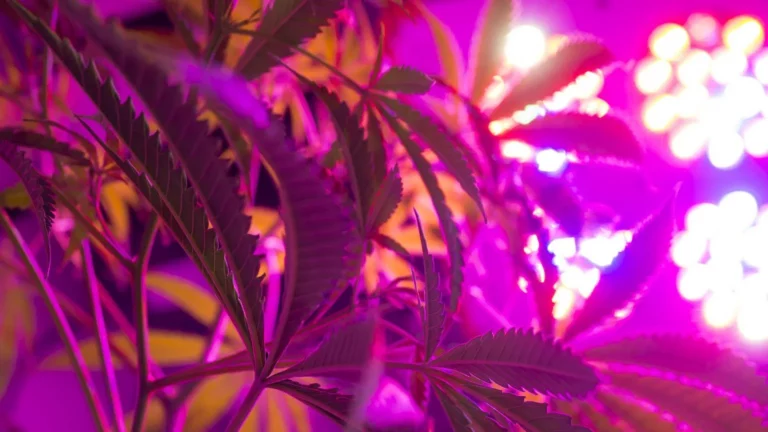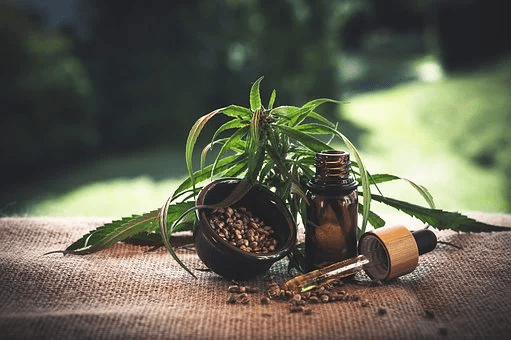Swollen Calyx or Hermie ? What’s the Difference?
When it comes to cannabis cultivation, knowing the difference between a swollen calyx and a hermie is crucial. At its core:
- Swollen Calyx: A bulbous part of the female cannabis plant where seeds develop.
- Hermie (Hermaphrodite): A cannabis plant with both male and female reproductive organs.
Why is this distinction important? For growers aiming for the best yields and plant health, recognizing and managing these two aspects can make all the difference.
Key Takeaways:
- Primary Difference: Swollen calyxes are purely female traits, while hermies indicate a mix of male and female characteristics.
- Understanding these distinctions ensures optimal cannabis cultivation.
- Novice and experienced growers alike can benefit from recognizing these nuances.
Here’s a concise table that differentiates between a swollen calyx and a hermie:
| Characteristic | Swollen Calyx | Hermie |
|---|---|---|
| Definition | A bulbous, teardrop-shaped structure on female cannabis plants, representing the plant’s reproductive part. | A cannabis plant displaying both male and female reproductive parts. |
| Appearance | Teardrop-shaped sacs, often translucent or with visible trichomes. | Combination of typical female buds and male pollen sacs or banana-like structures. |
| Cause | Natural growth and maturation of the female cannabis plant. | Stress (e.g., light leaks, physical trauma), genetics, or chemical exposure. |
| Significance | Indicates the female plant’s readiness for pollination and can be a sign of maturity. | Can lead to self-pollination or cross-pollination, producing seeds within the buds. |
| Desired Action | Generally none; however, growers may monitor for optimal harvest time. | Immediate isolation and assessment; consider early harvest, or removal from the garden. |
Identifying Swollen Calyxes and Hermies
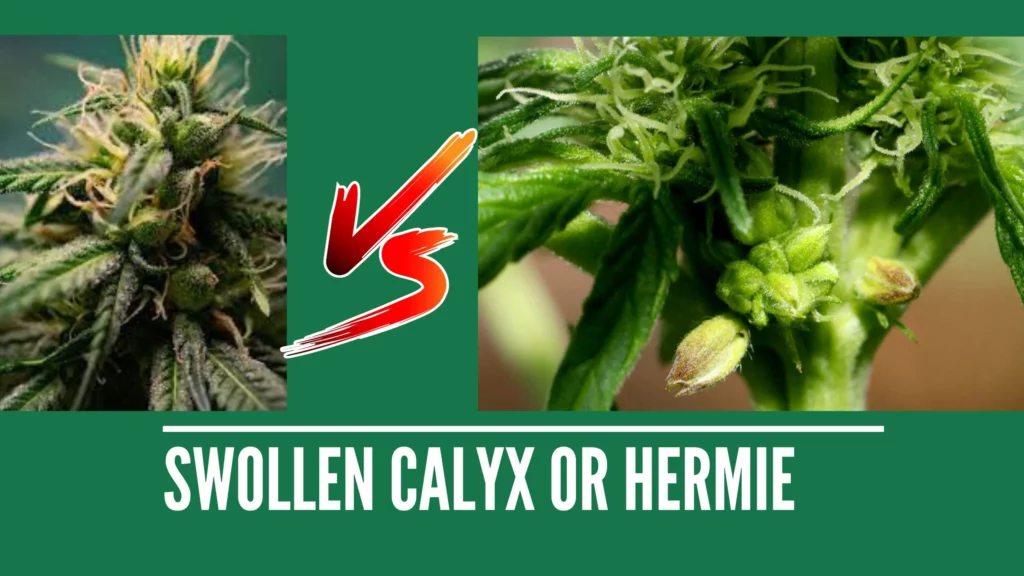
In the intricate realm of cannabis cultivation, distinguishing between swollen calyxes and hermies is paramount.
Swollen Calyxes:
- Appearance: Teardrop-shaped bulbous sacs, often translucent and filled with a clear fluid.
- Location: Predominantly at the base of each bud or flower on the cannabis plant.
- Significance: Their presence signifies a female plant’s readiness for pollination. It’s a clear sign of a plant in the flowering phase.
Hermies:
- Appearance: A unique mix of male pollen sacs and female flowers on the same plant. Look out for yellow banana-like structures, which are the male flowers or “nanners”.
- Causes: Environmental stress factors such as inconsistent light schedules, physical damage, or even a plant’s genetic predisposition.
- Significance: They can cross-pollinate, leading to unwanted seeds in the buds, affecting the overall quality of the harvest.
| Term | Appearance | Significance |
|---|---|---|
| Swollen Calyx | Teardrop-shaped bulbous sacs | Indicates flowering phase of female plants |
| Hermie | Combination of male pollen sacs and female buds | Can lead to cross-pollination |
Causes of Swollen Calyxes and Hermies
To adeptly manage cannabis cultivation, understanding the underlying causes is essential.
Swollen Calyxes:
- Natural Growth: An integral part of the female cannabis plant’s lifecycle.
- Maturation: As the cannabis bud nears maturity, calyxes swell, especially when they haven’t been pollinated. This process ensures the protection of the trichome-rich pistils.
Hermies:
- Stress: Abrupt changes in the environment, such as light leaks, physical damage, or temperature fluctuations, can be culprits.
- Genetics: Some strains, due to their genetic makeup, are more prone to becoming hermaphroditic.
- Chemicals: Certain chemicals or pesticides can induce plants to develop dual sexual traits, leading to a hermie state.
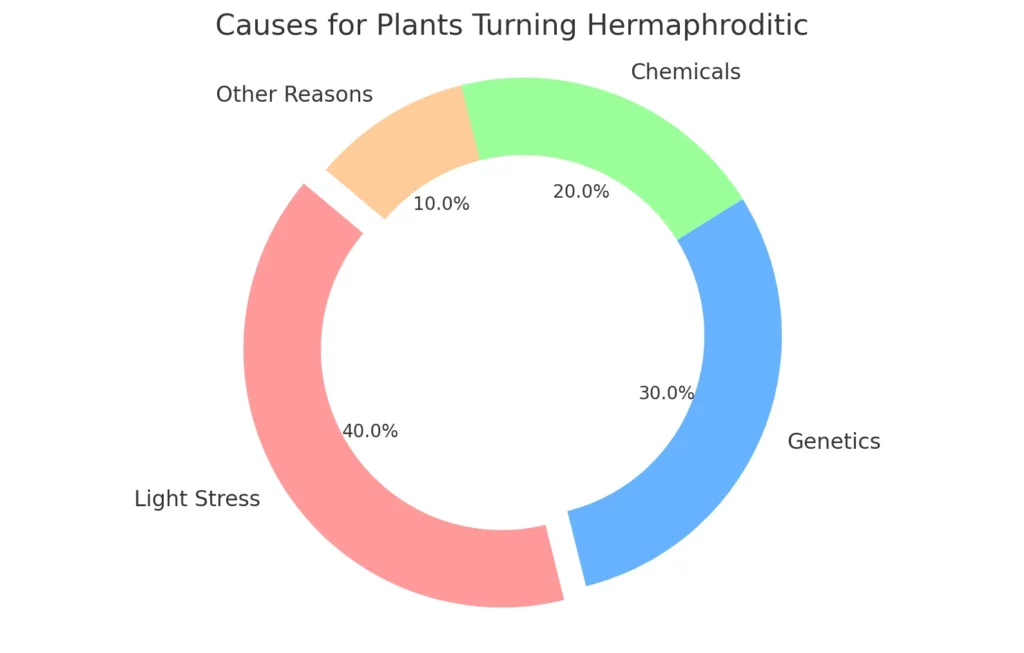
40% of the time, it’s due to Light Stress.
30% is attributed to Genetics.
20% arises because of Chemicals.
The remaining 10% is due to Other Reasons.
Preventing Swollen Calyxes and Hermies
Swollen Calyxes:
- Natural Occurrence: They’re a standard feature of female plants, so no prevention is necessary.
Hermies:
- Stable Environment: A consistent light-dark cycle, avoiding physical disturbances, and maintaining a stable temperature can prevent stress-induced hermaphroditism.
- Genetic Selection: Opting for resilient strains known for their female plant stability can reduce the risk.
- Chemical Caution: Always resort to organic methods, steering clear of harsh chemicals and pesticides that can tilt a plant towards the hermaphroditic state.
Dealing with Swollen Calyxes and Hermies
Even the most experienced growers can encounter issues related to swollen calyxes and hermies. Here’s how to address them:
Swollen Calyxes:
- Observation: Keep an eye on the calyx’s swelling as it can be an indicator of the plant’s maturity and readiness for harvest.
- Harvesting: If you’re aiming for seedless buds, consider harvesting before the calyxes burst. This will also preserve the trichomes and enhance the quality of the yield.
- Protection: Prevent cross-pollination by isolating plants with swollen calyxes, especially if hermies are present in the same cultivation area.
Hermies:
- Immediate Action: On spotting a hermie, it’s essential to act swiftly. Isolate the affected plant to prevent pollination of other female plants.
- Examination: Investigate the potential causes – be it light leaks, stress, or chemical exposure.
- Decision: Depending on the growth stage and the extent of hermaphroditism, decide whether to keep or cull the plant. Some growers choose to harvest early, while others might discard the plant entirely to safeguard others.
How to Distinguish Between Swollen Calyxes and Hermies Caused by Different Factors
Distinguishing between swollen calyxes and hermies and understanding their underlying causes can significantly impact the outcome of a cannabis grow. Here’s a guide:
- Observation:
- Swollen Calyx: Teardrop-shaped, often translucent when filled with fluid, and typically found at the base of a cannabis bud.
- Hermies: Presence of both male and female reproductive parts. Look for pollen sacs (which can resemble tiny bananas) among the regular buds.
- Location:
- Swollen Calyx: Predominantly at the base of a bud.
- Hermies: Can appear anywhere on the plant, especially areas exposed to stress or light leaks.
- Timing:
- Swollen Calyx: Appears as the plant matures during the flowering phase.
- Hermies: Can manifest at any time but are more common during the flowering phase, especially when the plant is stressed.
- Causes:
- Swollen Calyx: Natural part of the plant’s growth, indicating maturity.
- Hermies: Often due to stress (light leaks, physical damage, extreme temperatures), certain chemicals, or genetics.
How to Treat Swollen Calyxes and Hermies Caused by Different Factors
- Swollen Calyx:
- Treatment: Generally, swollen calyxes don’t require treatment as they’re a natural part of the cannabis lifecycle. However:
- Monitor them for potential pollination.
- If aiming for seedless buds, consider early harvesting before the calyx bursts.
- Treatment: Generally, swollen calyxes don’t require treatment as they’re a natural part of the cannabis lifecycle. However:
- Hermies Caused by Stress:
- Treatment:
- Immediate Isolation: Prevent cross-pollination.
- Address Stress Factor: Rectify light leaks, stabilize temperatures, or reduce any other identified stressors.
- Consider Early Harvest: If hermaphroditic traits are widespread.
- Treatment:
- Hermies Due to Genetics:
- Treatment:
- Isolate: To prevent cross-pollination.
- Avoid Propagation: Don’t use seeds or clones from this plant for future grows.
- Treatment:
- Hermies from Chemical Exposure:
- Treatment:
- Remove Harmful Chemicals: Stop using the offending chemical immediately.
- Flush the Plant: Use clean water to flush out any residues from the soil or growing medium.
- Isolate the Plant: Prevent cross-pollination with other plants.
- Treatment:
Types of Swollen Calyxes
In cannabis cultivation, while the fundamental structure of a calyx remains consistent, variations can arise based on several factors. Here’s a closer look:
- Mature Swollen Calyx:
- Appearance: Bulbous and often translucent, especially when filled with a clear fluid.
- Significance: Indicates that the plant is nearing its harvesting stage. It’s a clear sign of a mature female plant ready for pollination.
- Related Keywords: mature bud, trichomes, female cannabis plant, flowering phase.
- Seed-Filled Calyx:
- Appearance: Larger and more elongated than the mature swollen calyx.
- Significance: Indicates that the plant has been pollinated and is producing seeds.
- Related Keywords: pollination, seeds, male pollen, cross-pollination.
- Unpollinated (Virgin) Calyx:
- Appearance: Smaller and tighter compared to the seed-filled ones.
- Significance: A sign of a plant that hasn’t been pollinated. Often sought after for sinsemilla (seedless) cannabis production.
Types of Hermies
Hermaphroditism in cannabis can manifest in several ways, depending on the underlying causes and the plant’s genetics:
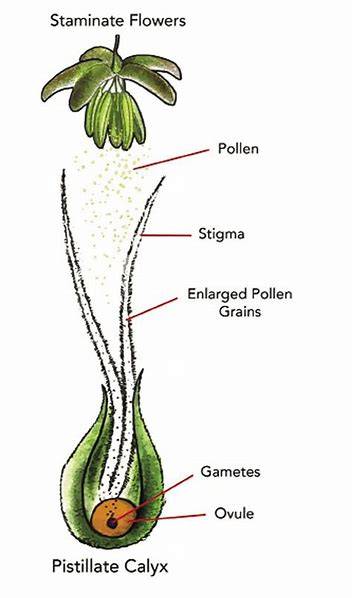
- Banana Hermie (Nanners):
- Appearance: The plant develops yellow, banana-like structures, which are male flowers.
- Cause: Often due to prolonged flowering, old age, or significant plant stress.
- Related Keywords: banana hermie, male flowers, pollination risk.
- True Hermaphrodite:
- Appearance: The plant has distinct male and female reproductive organs. You’ll see both pollen sacs and pistil-bearing flowers.
- Cause: Mainly genetic predisposition, but can also be due to environmental factors.
- Related Keywords: male pollen sac, female flowers, genetic trait.
- Late-Flowering Hermie:
- Appearance: Hermaphroditic traits appear late in the flowering phase, often due to stress.
- Cause: Stress factors like interrupted light cycles or extreme environmental changes during the late flowering stage.
- Related Keywords: flowering phase, light stress, environmental triggers.
- Chemically Induced Hermie:
- Appearance: Displays hermaphroditic traits after exposure to certain chemicals.
- Cause: Some chemicals, especially certain pesticides or growth regulators, can induce hermaphroditism.

